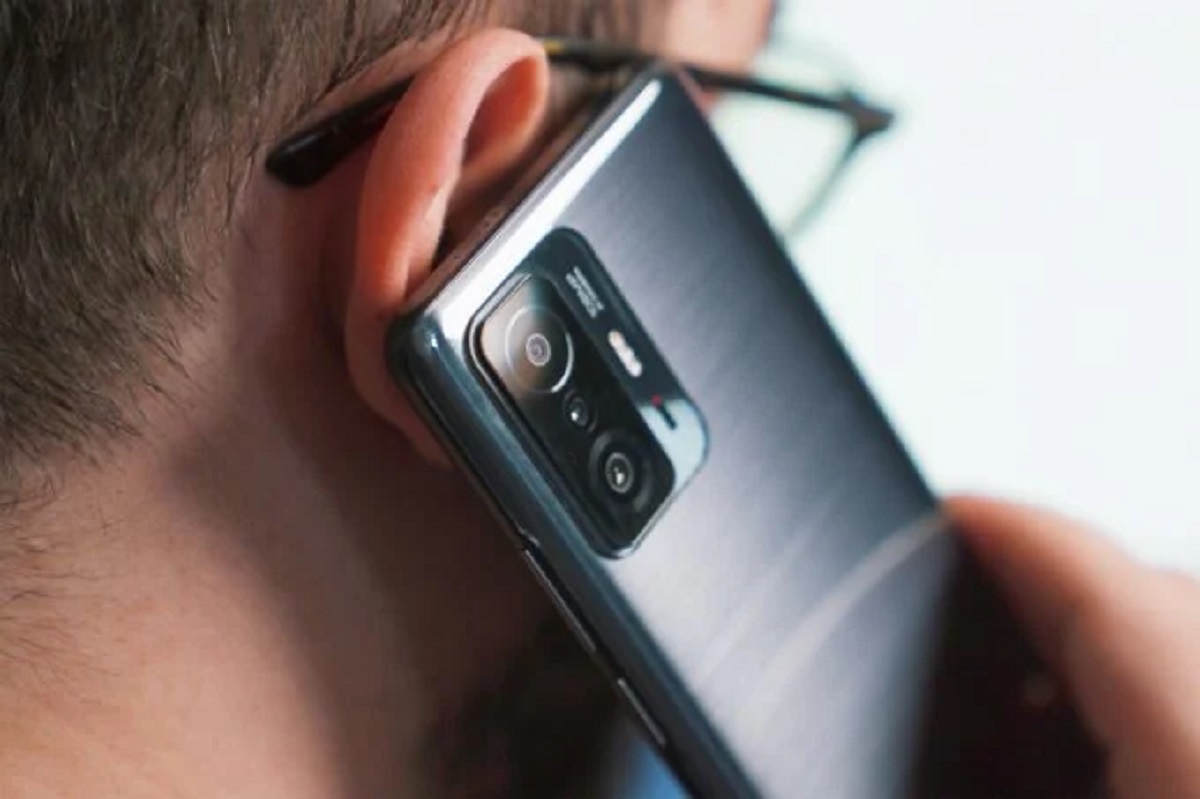A shift in how people answer their phones
For many in France, the most reliable way to dodge unwanted interruptions is simply not to pick up unknown numbers. Data from the French telecom regulator Arcep shows a clear shift: nearly a quarter of respondents say they never answer unfamiliar calls, and roughly 30% say they do so only rarely. That represents a notable uptick, with overall avoidance rising by about six points in 2023 compared with 2022, when 59% admitted to avoiding such calls.
The driver, according to consumer sentiment, is not just nuisance but fatigue with aggressive telemarketing. From persistent sales pitches to potential scams, each ring from an unfamiliar number now carries a cost in attention and peace of mind.
Why even tighter rules haven’t solved the problem
France has invested in several protections, but results remain mixed. The Bloctel do-not-call registry allows people to oppose marketing calls, and consumer advocates such as UFC-Que Choisir have pushed for stronger safeguards. Recent legislation also restricts the timeframes during which telemarketers may place calls.
Yet abuses persist because enforcement is uneven, and bad actors evolve their tactics quickly. Some rely on overseas operations, caller-ID spoofing, or automated dialers that bypass detection. In this cat-and-mouse game, public patience has worn thin, and many consumers now default to ignoring unknown numbers altogether.
What the satisfaction scores reveal
Arcep’s customer-satisfaction tracker offers a broader snapshot of French telecom and internet services. Mobile operators earned an average score of 7.8 out of 10, while internet service providers landed at 7.6. Within that ranking, SFR trails with 7.2, followed by Bouygues Telecom at 7.6, Free at 7.9, and Orange at 8.0.
Beneath those averages lie persistent pain points. More than half of home-internet users reported service problems, and 35% experienced issues with their mobile operators. The most frequent complaints concern fixed broadband quality, with billing and contract disputes close behind. These frictions amplify people’s hesitation to answer unknown calls, often associated with sales or collections.
Support is improving, even if slowly
Despite the frustrations, operators are resolving a large share of issues. Arcep notes that 81% of reported problems were solved after contacting customer support, though that figure is two points lower than in 2022. Even so, the regulator highlights a general upward trend in satisfaction with support services, suggesting frontline teams are getting more effective at closing tickets.
For many, the gains remain incremental relative to the daily friction of intrusive calls. As one weary customer put it, “I value my time, and I can’t tell who’s on the line—so I let it ring and wait for a message.”
Practical ways to regain control
For those who still want to stay reachable without surrendering their privacy, a few habits can make a difference:
- Register or confirm your number on Bloctel and regularly report spam calls.
- Use built-in OS or carrier tools to silence unknown callers and send them straight to voicemail.
- Enable spam filters, call-screening apps, and reverse-number lookup before returning missed calls.
- Avoid calling back short, unfamiliar numbers that ring once and hang up (possible “wangiri” scams).
- Keep a separate number for sign-ups and online forms to protect your primary line.
- Review your operator’s anti-spam options and update device settings after every major OS upgrade.
What happens next
If current trends hold, ignoring unfamiliar numbers will remain a widespread default. Telemarketing volumes are unlikely to vanish, and many campaigners argue for stricter enforcement of calling windows, stiffer penalties for spoofing, and better cross-border cooperation. The more that regulators, platforms, and carriers align on proactive filters, the fewer reasons consumers will have to keep their phones on mute.
Until then, the simplest shield is a habit: let unknown numbers go to voicemail, respond on your terms, and use the growing toolkit that puts control back in your hands.

